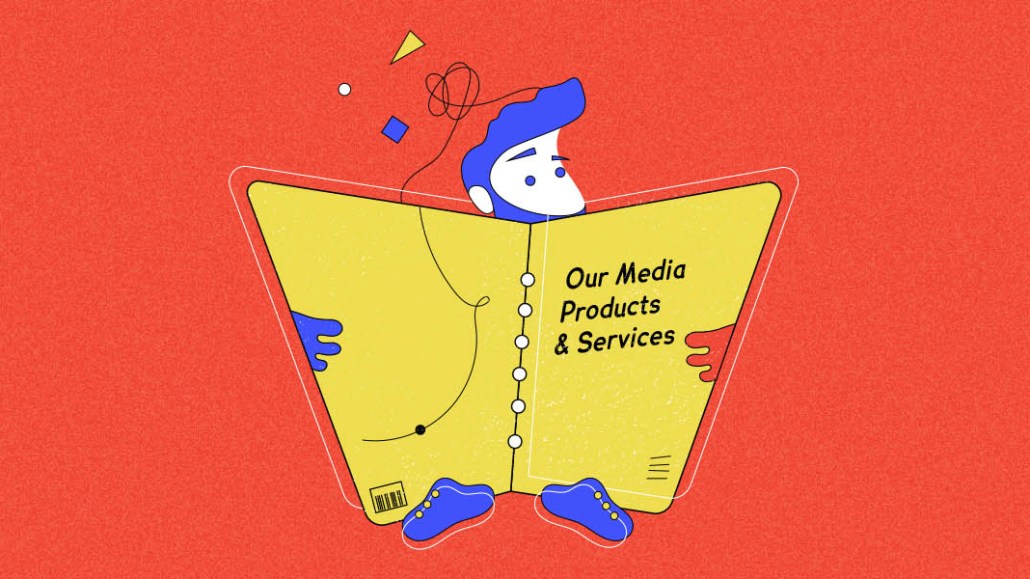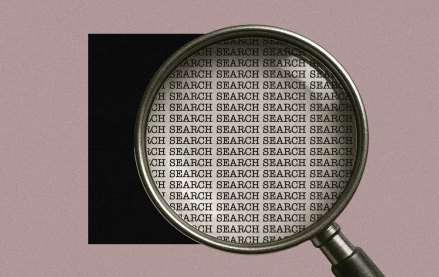Register by Jan 13 to save on passes and connect with marketers from Uber, Bose and more
How publishers’ sales teams juggle the growing number of ad products

When Bustle Digital Group’s 24-person ad sales group pitches a client, there’s no shortage of products they can offer. The publisher of Bustle, Elite Daily and Flavorpill has hundreds of sales packages stretching across products from programmatic display to branded content and experiential.
To make things easier on the team, Bustle recently analyzed the effectiveness of thousands of pieces of branded content it had published over the past two years to identify four types of posts it’s best at making and how each type solves advertisers’ needs across categories.
“It’s about creating focus so they know what they’re doing,” said Jason Wagenheim, Bustle’s chief revenue officer. “What you take to a CPG brand is going to be different from what you take to a retail brand.”
As publishers diversify their revenue streams, they are creating a puzzle for themselves: How do they sell all these new products and services without ruffling feathers internally, overwhelming clients or confusing salespeople who often are accustomed to selling just a few? “I believe the most talented, the smartest salespeople have the ability to comprehend five or six products,” said Kevin Gentzel, Gannett’s chief revenue officer.
Two years ago, Gannett sold 20 products and services. This year, that number has swollen to more than 40. For some of the newer services on the menu, Gannett lets machines do the work. LOCALiQ, a suite of marketing services Gannett pitches to small businesses, has a software component, LOCALiQ Grader, which makes automated recommendations on which services clients should spend their money on, based on the advertiser’s competitive position against a number of benchmarks.
“We knew that in order to help a salesperson evolve from being an advertising seller into a marketing solutions partner, we were going to have to build out technology that would help them consult with a business,” Gentzel said.
Gannett still sells media the old-fashioned way. But Gannett’s research team is trying to prove that LOCALiQ Grader and media fit together, including research into how display can augment the services that LOCALiQ Grader recommends. Gannett also overhauled the way it trains its sales force to encourage a more consultative and less transactional sales approach.
Condé Nast has been on a mission to prove it can deliver business results for brands in addition to awareness. That’s led to things like growing its affiliate commerce team or the development of Spire, its customer data platform.
But rather than put one more thing on the plate of its 200 salespeople, Condé Nast hired new salespeople who specialized in lower-funnel products. Those experts gave the rest of the salesforce a crash course in those products so they could bring them up with clients. But it’s the specialists that close the deal, said Evan Adlman, Condé Nast’s svp of enterprise sales. “It’s not about coming to the table with everything,” said Adlman. “We want to be very prescriptive.”
BuzzFeed’s revenue diversification efforts have helped get new advertisers through the door; 50 percent of its new advertisers in 2018 came aboard to buy something other than branded content, once its main ad product. In the first three quarters of 2018, the number of advertisers that buy more than one ad product or service grew 70 percent year over year.
To get everyone on the same page about all these products, BuzzFeed about a year ago started holding weekly meetings where stakeholders from all of the advertising teams, plus representatives of editorial brands, brief the account executives, called brand strategists, on changes to ad products and upcoming editorial initiatives.
Every month, brand strategists are treated to internal presentations with BuzzFeed’s creators too, to acquaint the strategists with BuzzFeed’s creative talent.
To minimize competition among sales teams, BuzzFeed created an incentives program that compensates teams for working together. It declined to offer specifics about how that compensation program works, saying only that the incentives differ from team to team.
More in Media

Future starts to sharpen its AI search visibility playbook
Future is boosting AI search citations and mentions with a tool called Future Optic, and offering the product to branded content clients.

Digiday’s extensive guide to what’s in and out for creators in 2026
With AI-generated content flooding social media platforms, embracing the messiness and imperfection of being human will help creators stand out in the spreading sea of slapdash slop.

Media Briefing: Here’s what media execs are prioritizing in 2026
Media executives enter 2026 weathered by disruption, but refocused on AI revenue, brand strength and video and creator opportunities.





